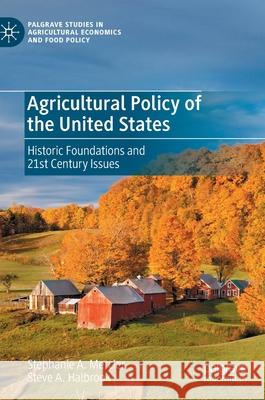Agricultural Policy of the United States: Historic Foundations and 21st Century Issues » książka
topmenu
Agricultural Policy of the United States: Historic Foundations and 21st Century Issues
ISBN-13: 9783030364519 / Angielski / Twarda / 2020 / 432 str.
Agricultural Policy of the United States: Historic Foundations and 21st Century Issues
ISBN-13: 9783030364519 / Angielski / Twarda / 2020 / 432 str.
cena 430,95 zł
(netto: 410,43 VAT: 5%)
Najniższa cena z 30 dni: 424,07 zł
(netto: 410,43 VAT: 5%)
Najniższa cena z 30 dni: 424,07 zł
Termin realizacji zamówienia:
ok. 20 dni roboczych.
ok. 20 dni roboczych.
Darmowa dostawa!
Kategorie:
Kategorie BISAC:
Wydawca:
Palgrave MacMillan
Seria wydawnicza:
Język:
Angielski
ISBN-13:
9783030364519
Rok wydania:
2020
Wydanie:
2020
Numer serii:
000773360
Ilość stron:
432
Waga:
0.88 kg
Wymiary:
21.01 x 14.81 x 3.51
Oprawa:
Twarda
Wolumenów:
01
Dodatkowe informacje:
Wydanie ilustrowane











